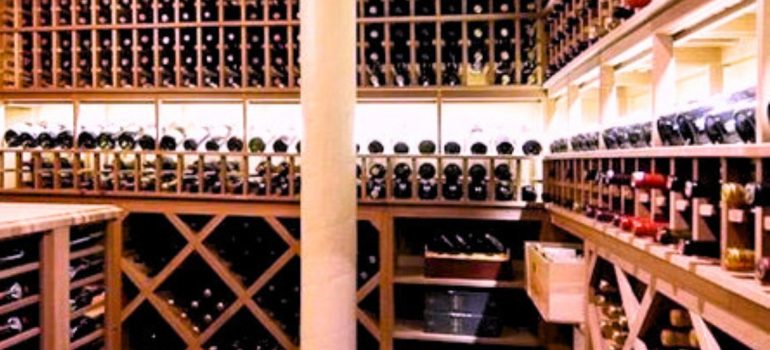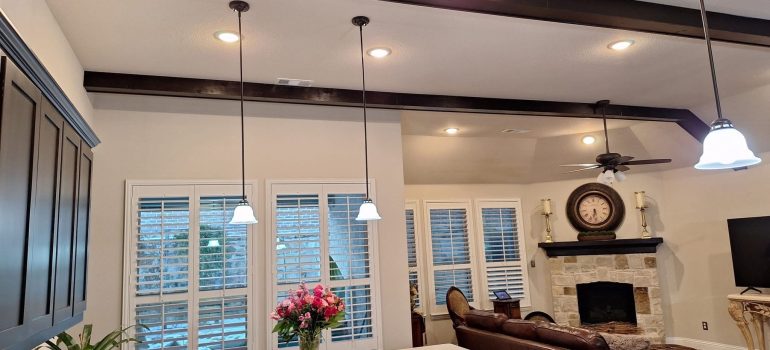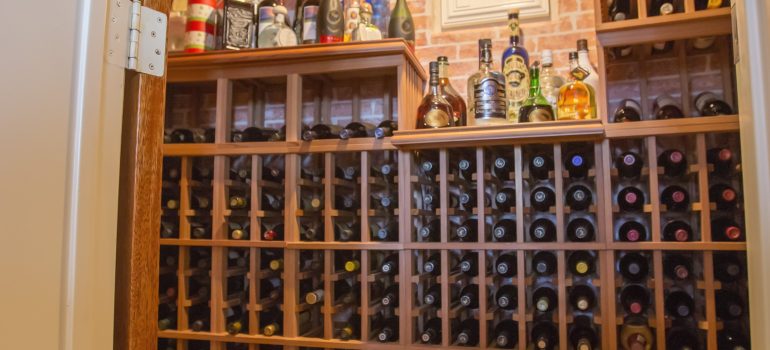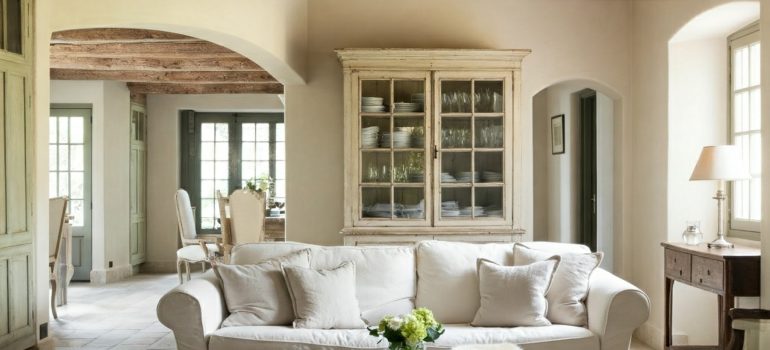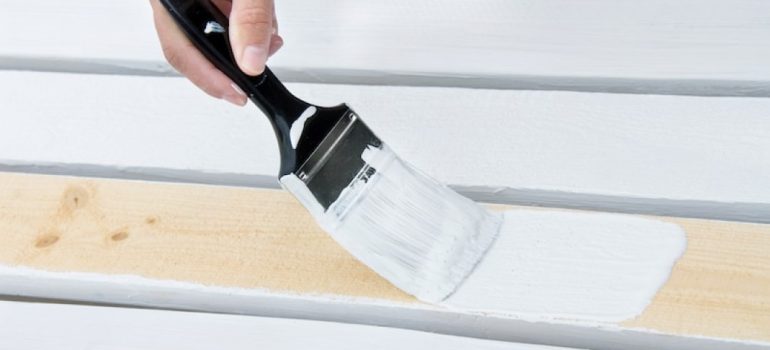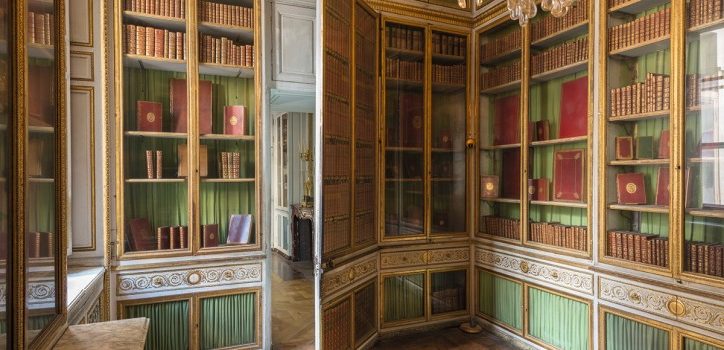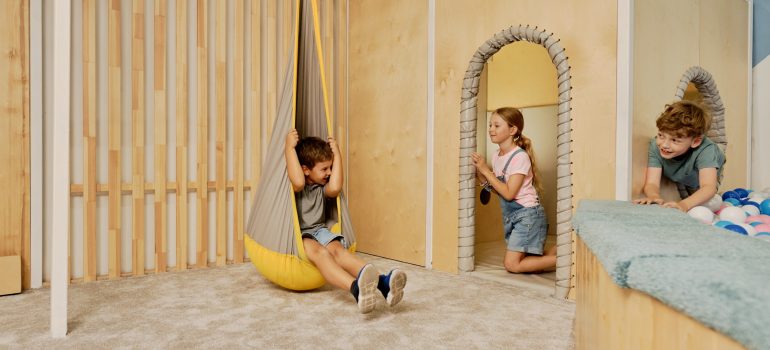When a husband and dog retreat to a hidden room with a secret door during times when the wife is upset, the motivation often ties to the desire for a temporary refuge to process emotions, avoid escalating the situation, and regroup. Here are some reasons this might happen:
Avoiding Immediate Conflict
-
-
- De-escalation: Stepping away from a heated situation can prevent arguments from escalating further. A hidden room offers a neutral space where tensions can cool down.
- Creating Space: Sometimes, the best way to handle a partner’s anger is to give them time to process their emotions without interference.
Seeking Comfort
-
-
- Bonding with the Dog: Dogs are known to provide emotional support and comfort. Being with the dog in a hidden space allows the husband to feel less alone and more grounded during stressful moments.
- Emotional Reset: A retreat allows time to calm nerves, reflect, or even laugh at the shared experience with a loyal companion.
Processing the Situation
-
-
- Reflecting on the Conflict: The hidden room provides a quiet place to think about what went wrong, what might have triggered the wife’s anger, and how to resolve it.
- Planning Reconciliation: It’s a chance to prepare an apology or think of ways to address the issue thoughtfully.
Avoiding Unhelpful Reactions
-
-
- Time to Cool Down: Retreating prevents knee-jerk reactions or comments that might worsen the situation.
- Maintaining Peace: A hidden room allows time to compose oneself and avoid saying or doing something in the heat of the moment.
Respecting Boundaries
-
-
- Giving Space: When someone is upset, they might need time alone to work through their feelings. The hidden room ensures that space is respected while still staying nearby.
- Avoiding Clutter in Communication: Sometimes, immediate confrontation isn’t productive. Stepping away can allow for more effective communication later.
Playful or Lighthearted Escape
-
-
- Humor in Conflict: Some couples use lighthearted approaches to diffuse tension. Retreating to a “man cave” with the dog might be a playful way to signal awareness of the situation without making things worse.
- Dog as a Mediator: Dogs can sometimes help lighten the mood, acting as a bridge to reconciliation.
Avoiding Unnecessary Involvement
-
-
- Protecting the Dog: If the atmosphere is tense, dogs can pick up on emotions and become anxious. Retreating with the dog ensures the animal remains calm and out of the way.
- Neutral Ground: The hidden room creates a space where both man and dog can retreat to avoid adding unnecessary stress to the household.
Creating a Safe Zone
-
-
- Personal Retreat: The hidden room becomes a personal space to unwind and gather thoughts, ensuring the husband doesn’t feel cornered or overwhelmed.
- Reducing Emotional Overload: A quiet retreat helps mitigate the stress of the situation and allows for better emotional regulation.
Promoting Healthy Resolution
-
-
- Time for Empathy: Retreating can give both parties a chance to cool down, fostering a more empathetic and productive discussion later.
- Avoiding Power Struggles: Stepping back signals a willingness to pause and work toward resolution rather than engaging in a win-lose conflict.
Ultimately, while a hidden room can provide temporary refuge, it’s important for the husband to address the conflict constructively once emotions have settled. Open communication, mutual understanding, and respect are key to resolving conflicts in a healthy way—whether or not a secret door is involved!
P.S.A.: Remember to put the lockset on so the door can be locked from the inside and not the outside!

